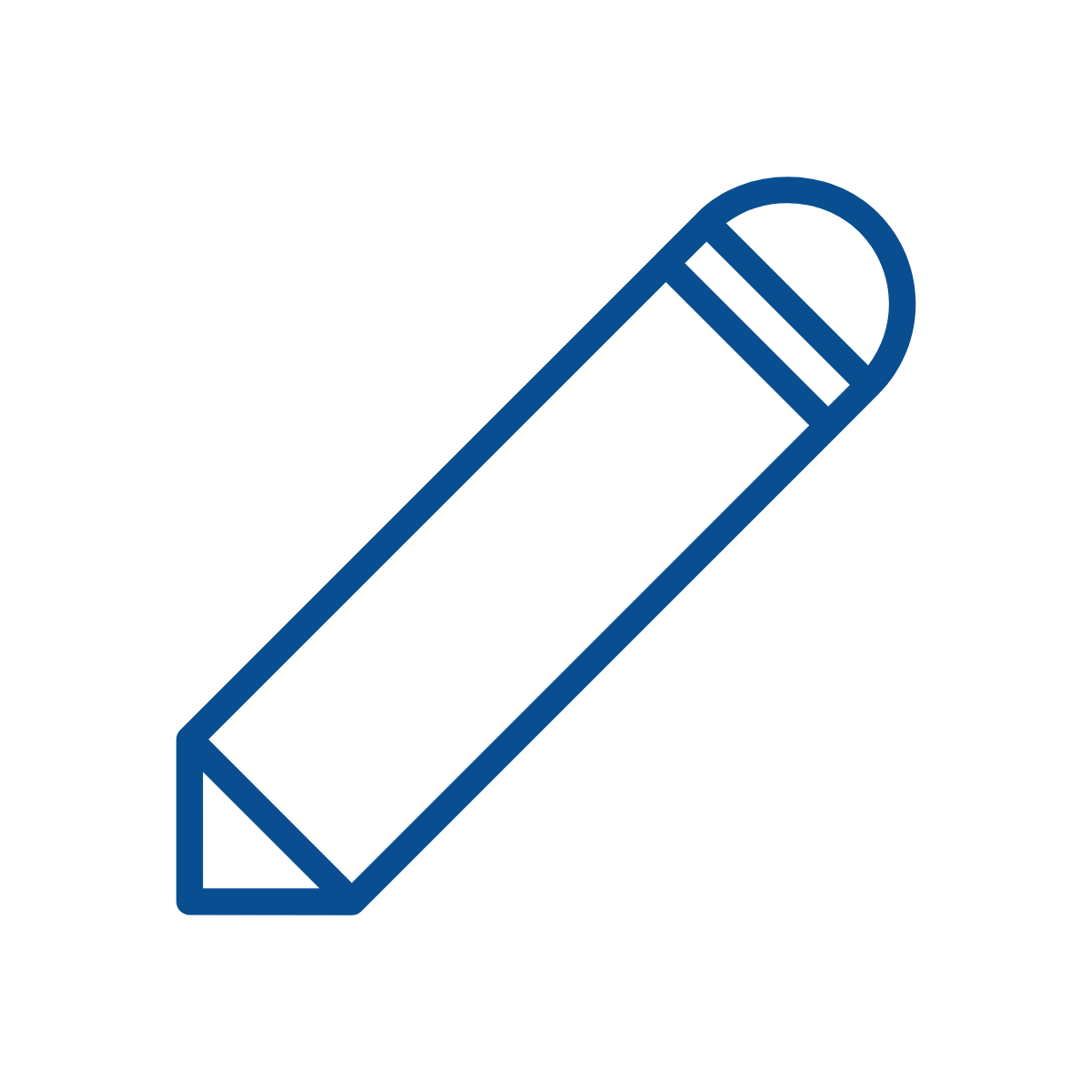Course teacher(s)
Bernardo INNOCENTI (Coordinator)ECTS credits
5
Language(s) of instruction
english
Course content
The course is organized into the following modules:
-
The Musculoskeletal System – Anatomy and function of the main structures of the human body.
-
Loads and Motion in the Musculoskeletal System – Static and dynamic analysis; joint stability; kinematics and motion analysis.
-
Tissue Mechanics – Biomechanics of bone and soft tissues; material models; measurement and modeling of tissue properties.
-
Functional Adaptation of the Skeleton – Theories and models of bone remodeling.
-
Structural Analysis of Musculoskeletal Systems – Methods and applications.
-
Joint Biomechanics – Biomechanics of the major human joints (hip, knee, spine, ankle, etc.).
-
Musculoskeletal Modeling – Development of musculoskeletal models; introduction to patient-specific modeling.
Objectives (and/or specific learning outcomes)
Course Objectives
-
To provide fundamental knowledge on the mechanical and structural aspects of the skeletal system.
-
To introduce how the laws of physics and mechanics can explain the structure and function of the human and animal body.
-
To enable students to apply biomechanical principles in the analysis of human daily activities.
-
To familiarize students with experimental and computational methods used in orthopaedic biomechanics.
Learning Outcomes
At the end of the course, the student will be able to:
-
Understand the relationship between mechanics and the structural/functional organization of the musculoskeletal system.
-
Apply principles of physics to solve problems related to human movement and daily activities.
-
Plan, conduct, and analyze results of simple biomechanics experiments.
-
Use engineering tools (hardware and software) to address problems in biomechanics.
Teaching methods and learning activities
36h lectures and 12h exercises
References, bibliography, and recommended reading
Human Orthopaedic Biomechanics: Fundamentals Device and Applications.
Innocenti, Galbusera. Academic Press, Elsevier, 2022.
Contribution to the teaching profile
This teaching unit contributes to the development of the following competences:
-
Ability to model and simulate complex physical systems in the field of biomedical engineering.
-
Ability to identify appropriate hypotheses, inputs, and outputs for simple biomechanical models, in order to analyze and solve complex biomechanical problems.
-
Ability to understand, measure, and verify the main physical quantities related to living subjects (both morphological and functional).
-
Ability to translate the behavior of living subjects and the language of clinicians into the language of engineers.
-
Ability to assess the influence of key parameters (e.g., materials, shape, stiffness) on the performance of biomechanical models.
-
Ability to define, describe, explain, and interpret common biomechanical models.
-
Ability to communicate effectively in English within the field of biomedical engineering.
Other information
Contacts
Prof. Bernardo Innocenti, PhD
BEAMS Department (Bio Electro and Mechanical Systems)
Local: UB3-169 - Campus Solbosch
e-mail: bernardo.innocenti@ulb.be
Campus
Solbosch
Evaluation
Method(s) of evaluation
- written examination
- Oral examination
written examination
Oral examination
Examination modalities
-
Written examination (Exercise)
-
Written examination (Theory-QCM)
-
Oral examination (only if the written exams are passed with sufficient marks)
Conditions to access the oral exam:
-
A minimum mark of >10/20 in the Exercise exam.
-
A minimum mark of >15/20 in the Theory exam.
The oral exam will consist of questions on the analytical and descriptive parts of the course.
Additional rules:
-
Any sufficient mark obtained in the written exams (Exercise or Theory) can be retained for the following exam sessions.
-
Students who wish to improve their grade may retake the written Exercise exam.
Mark calculation method (including weighting of intermediary marks)
Average among the following final marks:
-Written Exercise;-Oral Theory.
Language(s) of evaluation
- english
